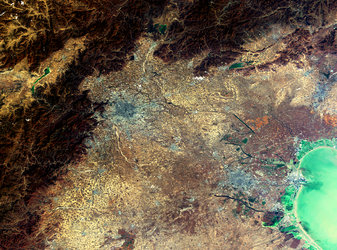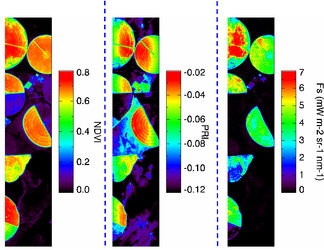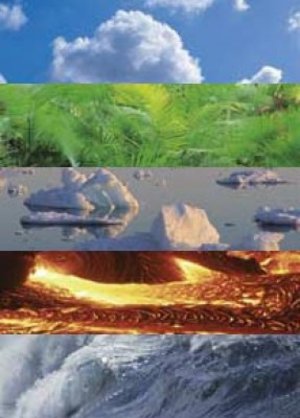Europe and China collaborate on methods of monitoring the Earth's vegetation
Links between European and Chinese scientists were further strengthened when they met Florence, Italy recently to discuss issues relating to monitoring the Earth's vegetation by means of multi-angular hyperspectral remote sensing, in combination with measurements of emission of radiation by soil and vegetation.
Stephen Briggs, Head of ESA's Earth Observation Science, Applications and Future Technologies Department welcomed some 40 experts from China and Europe to the Sino-European Workshop on Scientific Cooperation & Collaboration for Retrieving Geo-Biophysical Variables from Multi-Angular Hyperspectral Data. The workshop, held last week and hosted by the Italian National Research Council (CNR), provided the opportunity for the participants to present their on-going research and advances that have been made in the development of relevant instrumentation.
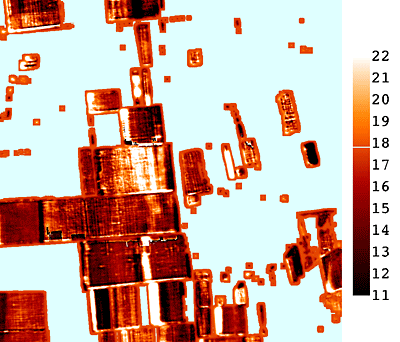
"The workshop has facilitated the means to discuss research issues and importantly opened up the possibility to further collaborate on these areas of scientific interest", concluded Massimo Menenti, Director of CNR's Institute of Mediterranean Agriculture and Forest Systems at the end of the two-day meeting. The focus of the meeting was on development of techniques for the retrieval of biophysical parameters, modelling, data assimilation and algorithm development for hyperspectral data sets.
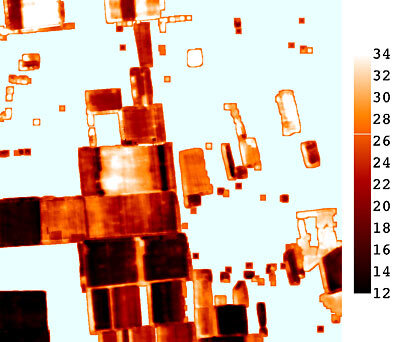
Monitoring the Earth's vegetation from space is very important in terms of learning more about the state of the planet, the carbon cycle and the impact that a changing climate may be having. The proposed technique of monitoring vegetation by way of multi-angular hyperspectral remote sensing makes use of solar-reflected sunlight, its spectral change due to various constituents present in plants in combination with its directional dependence on canopy structure. The spectrometer's multiangular view, which records the reflected sunlight in many narrow bands covering the visible and near-infrared spectral range, would also contain information about the structure of the vegetation canopy – an important variable for describing processes within the vegetation and its interaction with the atmosphere.
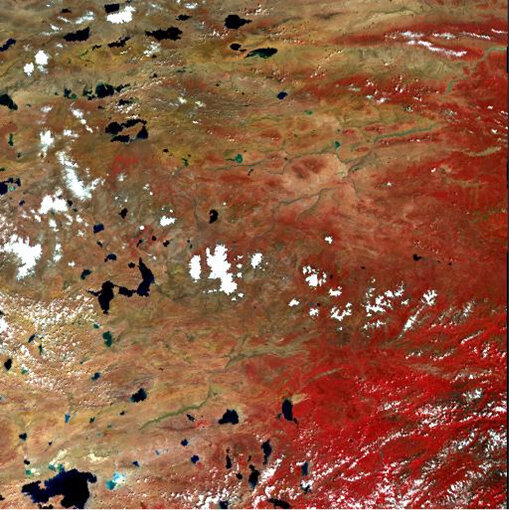
A comprehensive overview was presented of imaging spectrometers under development and of planned Chinese and European missions carrying this type of instrument.
Presentations covered new processing techniques for extracting this information from the vegetation canopy and included the assimilation of information into process models. A pioneer in this area of Earth Observation – Prof. Xiaowen Li, Director of the Institute of Remote Sensing Applications, Chinese Academy of Sciences, stated that, "China cares about quantitative remote sensing, especially with multiangular and hyperspectral sensor systems.”
The European RAdiation transfer Model Intercomparison (RAMI) initiative, which allows scientists to compare different models, shows that the models used nowadays for the extraction of information show relatively few discrepancies, indicating that the understanding of the physical principles of these complex processes has matured. The next step is to focus research on the model inversion and integration of observations from different sensor systems into assimilation schemes in order to account for different data characteristics.
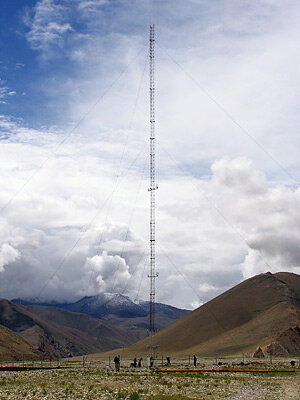
Future possible cooperation and collaboration was discussed at length at the workshop and pilot projects identified – the next phase of the DRAGON Programme would provide the ideal framework for this. The Dragon Programme is an initiative jointly undertaken by ESA, China’s Ministry of Science and Technology (MOST) and the National Remote Sensing Centre of China (NRSCC) to encourage increased exploitation of ESA Earth Observation satellite data within China as well as stimulate increased scientific co-operation in the field of Earth Observation science and technology between China and Europe. There are currently 16 Dragon projects including agricultural and forest monitoring, water resource assessment, atmospheric chemistry, terrain measurement, the ocean environment and climate change, among others.
In essence, the meeting held last week proved extremely useful in outlining state-of-the-art research topic, fostering new ideas and addressing these in a collaborative approach further tightening the already strong link between European and Chinese scientists.
The workshop was organised back-to-back with the 3rd International Workshop on Remote Sensing of Vegetation Fluorescence workshop, which focused a related subject –the scientific and technical issues associated with the remote sensing of vegetation fluorescence – a technique proposed by the candidate Earth Explorer FLuorescence EXplorer (FLEX) mission to observe global photosynthesis through the measurement of fluorescence.



